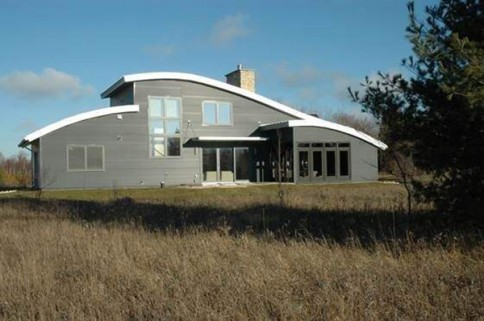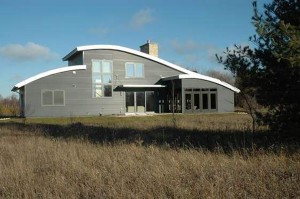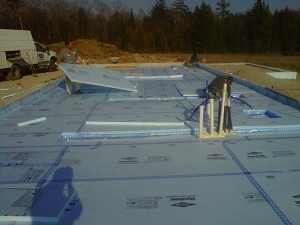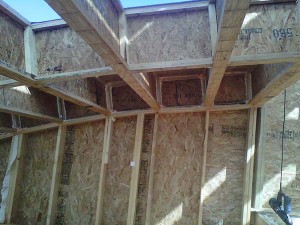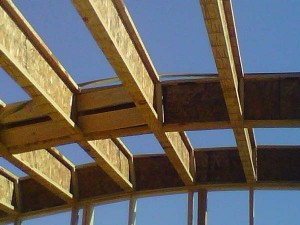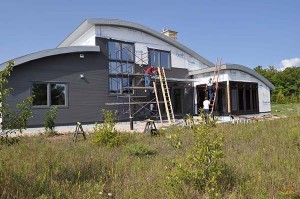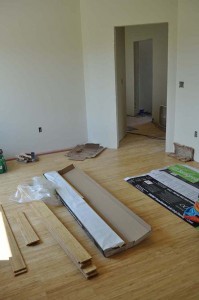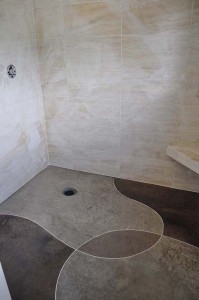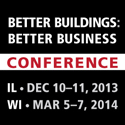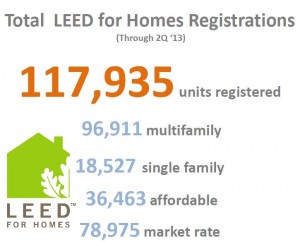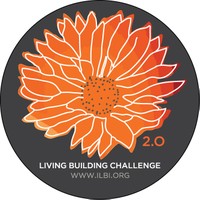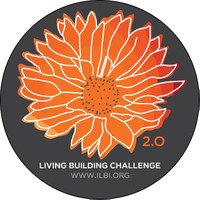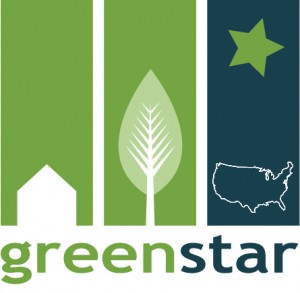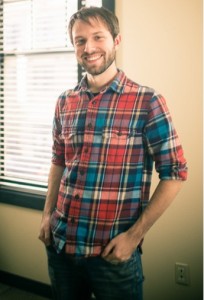Environmental Sustainability () are joining forces to take, ZeroStep™, a certification for home and building accessibility, beyond its current multi-state capacity to influence home construction over the rest of the country. The ZeroStep™ standard is based in universal design which, according to DAKC Executive Director, David Bulkowski, J.D., is “an approach to creating environments and products that are usable by all people to the greatest extent possible.”
Why?
Twenty percent of Americans have accessibility needs and that number is growing. ZeroStep ™ helps to influence the design, development, construction, and use of new and existing homes through training, education, design review and third party verification/certification of proper construction.
Sign up
Zerostep 1.0 is now available for plan review and plan certification. Please review the program Guidelines & Checklist and then Register your project here by answering a few quick questions. From there we will follow up with you and give you online access to submit your plans.
Progress
ZeroStep 2.0 Development is underway and will include not only Universal Design but opportunities and guidance on Aging In Place, ADA, Assistive Technology, Visibility and other necessary accessibility issues. Be on the look out for program upgrade by Spring 2014.
Questions? Brett.Little@allianceES.org or 616 458 6733 ext 1
See ZeroStep in Action – Rosemarie Rossetti from the Universal Design Living Laboratory has 1 hour recorded webinar that takes you through her ZeroStep Certified Gold Home in Columbus Ohio and explains the thought behind the design and construction. This is a free webinar worth 1 AIA/GBCI/Nari Green & Potential State Contractor CEU.
In the News.
featured in Chicago 7 News helping make a home more accessible and therefore sustainable:
ABOUT ZeroStep ™
ZeroStep™ takes universal design for homes, which is the art and science of creating environments that are attractive, marketable, and user friendly for people of all ages, desires, and abilities, to the next level with the intentional accommodation of people’s needs for their total life span. As people’s needs change, their home remains accessible and family friendly.
The value of ZeroStep™ is its applicability to commercial buildings, retail spaces and even neighborhood design because it just makes good sense. Joanne Feutz, a co-author of the ZeroStep™ Guidelines, describes the value as:
“For an architect, builder, and developer, the ability to advertise a home as “ZeroStep™ Certified” and use the ZeroStep™ logo says that you are not only about quality homes, but also about responsible and sustainable building. ZeroStep™ universally designed homes are a personal or company mindset, philosophy, and choice exceeding the standard perceptions of quality to include comprehensive home designs that enhance all stages of life for everyone.
For the home owner or home buyer, ZeroStep™ Certification means the home not only meets, but exceeds current standards for residential construction. It also means they can expect a return on their investment because the home addresses not only today’s needs but tomorrow’s needs, as well as saving costs in remodeling or possibly relocating.
“A ZeroStep™ Certified Home is truly a home for a lifetime,” says Renee Thompson, a co-author of the ZeroStep Guidelines. She built a ZeroStep home in 2006 for her young growing family. “I love our ZeroStep home because it is first and foremost family friendly. It accommodates our ever changing stages of life very cost effectively from babies in strollers, teens on crutches, mom recovering from surgery to grandpa in his wheelchair. I’ve come to realize that people do not notice our home has ZeroStep entries until they need it. That’s when they realize the true value of ZeroStep. We chose ZeroStep because we believe it is the smart way to build. Why wouldn’t you build a home that works for you and your family both today and in the future?”




